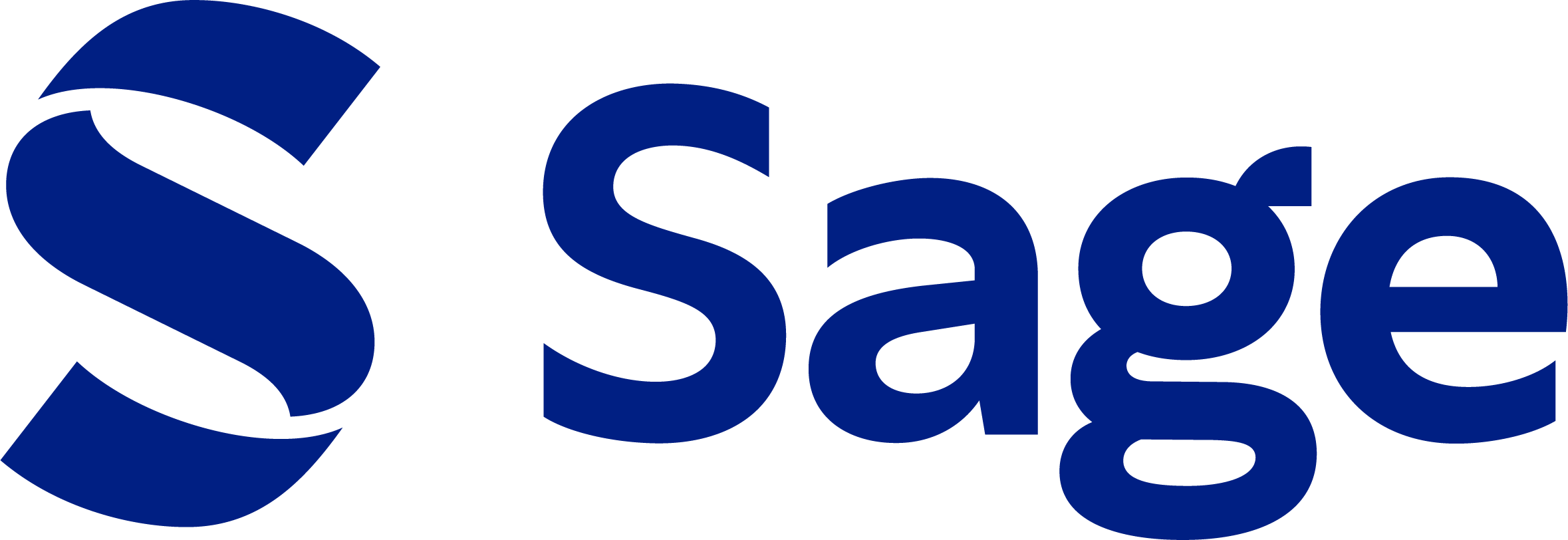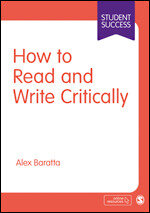In an age of misinformation, students must know how to distinguish fact from fiction. Thinking critically is a key competence, more than ever in these unprecedented and uncertain times. It enables source evaluation, argument construction, and reasoning.
Sage recognizes the importance of critical thinking skills not only in fighting bias and misinformation campaigns, but in day-to-day life: the classroom, the workplace, and beyond.
Below, you'll find a variety of resources created with the intent to bolster critical thinking.
“Critical thinking makes people skilled, unique and valuable in an era of disruption, automation, and tidal waves of possibilities sweeping away much that used to be certain”
Tools for instructors and librarians
Critical Thinking Bootcamp: Skills, Tools, and Resources to Help Combat Misinformation
In these virtual Bootcamps, speakers share their best practices and outside-the-box initiatives to support students as they learn about and research critical social issues. Using the advice from the event’s panelists, moderator, and audience, we have also compiled comprehensive toolkits to help combat misinformation.
Watch the event recordings and view the toolkits via the links below.
Critical Thinking Webinar with Dr Tom Chatfield
Watch this thought-provoking and engaging talk by Dr Tom Chatfield on critical thinking - why is it important to think critically? What tools do we have to help us improve our critical thinking skills?
Critical Thinking Skills in the Age of Misinformation with Dr. Tom Chatfield and Dr. Eric Addae-Kyeremeh
In an age of misinformation, thinking critically is a key competence. It enables source evaluation, argument construction, and reasoning. In this webinar, Dr. Tom Chatfield and Dr. Eric Addae-Kyeremeh discuss the what, how and why of being critical, how to think about and evaluate evidence, top tips and tools to combat and resist misinformation, and much more.
Critical Thinking: A Roadmap to Building These Important Skills
This Sage white paper develops a roadmap for building two important critical thinking skills: self-regulation and strategic thinking. It provides teachers with strategies for facilitating the growth of these skills within students, including suggestions for online teaching and learning.
The whitepaper also identifies the unique role that social science instructors can play in the fostering of critical thinking skills.
An Antidote to Fake News
In this webinar, Tom Chatfield, author of the Sage title Critical Thinking, and Mark Kingwell discuss misinformation in the age of technology.
COVID and Conspiracy Theories
This excerpt from the new Sage title Together Apart: The Psychology of COVID-19 dives into conspiracy theories about the pandemic and the work of social identity theorists.
Critical Thinking Toolkit
“With their vast resources and staff expertise in information literacy, libraries play an essential role in empowering the population to think critically” — The American Library Association
This toolkit from Sage and the American Library Association contains free graphics and messaging for libraries to raise awareness digitally of their efforts to promote critical thinking.
Resources for Students
How to be a critical thinker
Why does reasoning matter? How can you show you think critically? Head over to this page to learn what critical thinking actually is, how to hone it and how to demonstrate it in your work. You’ll also find:
A chapter from Tom Chatfield's Critical Thinking will show you what makes a good argument, the difference between arguments, assertions, and conclusions, along with tips to help you study smart and improve your reasoning skills.
Guidance from How to Think on how to think well, spot your biases, avoid fake news and address your own ignorance.
An excerpt from Critical Reading and Writing for Postgraduates will help you read critically, evaluate the usefulness of your reading material, and spot convincing (and flawed) arguments.
Critical Thinking: An Online Course
This course equips students with the skills and habits of critical thinking. It teaches practical techniques for confidence, discerning critical engagement with sources, evidence, arguments and reasoning. By the end of this course, learners will:
Build key reasoning, argument, and analysis skills
Boost writing, essay, and exam results
Improve work, planning, and research habits
Gain explicit training in a key skill sought by graduate recruiters
Learn digital and information literacy
How to Read and Write Critically by Alex Baratta
To succeed in any assessment, you need to demonstrate critical thinking – but what does it mean to be ‘critical’? This book takes a hands-on approach to helping you think, read and write critically. Packed with examples from different disciplines and subjects, it talks through dozens of written extracts so you can see what criticality actually looks like.
Check That Fact by Sarah Morris
Knowing how to check and challenge information is essential for academic study – and our everyday lives. This practical guide shows you how to be savvy about using sources and improve your information literacy.
Critical Reading and Writing for Postgraduates by Mike Wallace & Alison Wray
Reading critically and writing using critical techniques are crucial skills for your academic work.
This chapter provides you with the concepts and foundation to build your skills beyond the undergraduate level and gain confidence in your ability to critically read and write.
Research on how to be analytical and critical
These published articles will help support your assignments and dissertations.
Adapting to a Digital Age
What is misinformation? How can you use social media effectively? How do you avoid information overload?
Sage authors Tom Chatfield and Mark Carrigan provide easy to digest answers to help you to navigate the digital world.
Journal Articles and Blog Posts
Review of Educational Research - Does College Teach Critical Thinking?
Journal of Research in International Education - International students’ critical thinking–related problem areas
Journal of Leadership & Organizational Studies - Critical Thinking Skills for Leadership Development
Journal of Adult and Continuing Education - Prior education of Open University students contributes to their capability in critical thinking
Higher Education for the Future - What Do Ode to Joy, the Nobel Peace Prize, Umbrellas and Cartoons Have in Common? Why Critical Thinking Matters and How Higher Education Moulds
Journal of Experiential Education - Critical Thinking Assesment Across Four Sustainability-Related Experiential Learning Settings
Psychological Reports - Assesment of Undergraduates' Real-World Outcomes of Critical Thinking in Everyday Situations
Career Development and Transition for Exceptional Individuals - Correlates of Critical Thinking and College and Career Readiness for Students With and Without Disabilities
Journal of Educational Technology Systems - Exploring Effects of Media Type and Delivery Technology on Facilitating Critical Thinking Among College Students
Policy Insights from the Behavioral and Brain Sciences - Educating Critical Thinkers: The Role of Epistemic Cognition
Why Critical Thinking Skills are Foundational to All Kinds of Courses
Why Critical Thinking Skills are (Urgently) Important for Students
Designing a Mixed-Methods Study: Critical Thinking and Technology-Enhanced Learning From the Students’ Perspective
Case studies are the perfect way to take all you've learned and see it in practice. Take a look at one of our case studies to learn about critical thinking in action.




























